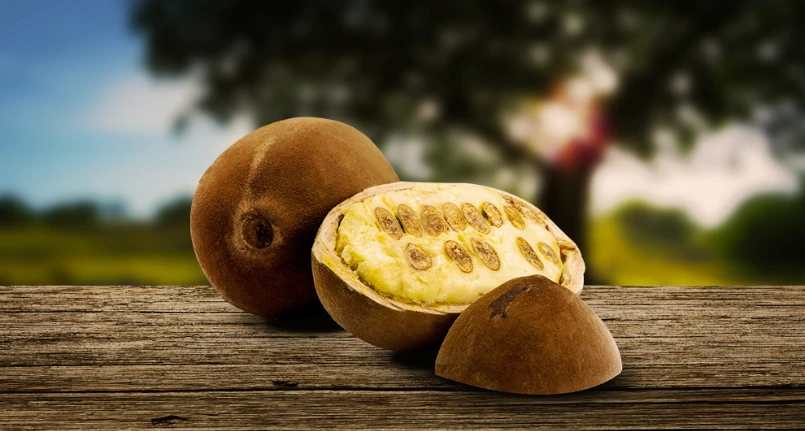Introduction
It is referred to as the Winter Blues and affects a small percentage of the population as the winter months arrive. It is a set of seasonal ailments that presents itself with a series of symptoms, listlessness, sadness, tiredness and bad mood. Regular physical activity and a healthy diet , which includes “anti sadness” foods , can counteract it.
The scarcity of light, the increasingly shorter days and the lowering of temperatures can drastically reduce the incentive to do physical activity outside, and to have fun outside the four walls of the home. This psychological condition, which is scientifically called SAD ( Seasonal Affective Disorder ) , was diagnosed in relation to the effects of light on the human circadian system , through the reduction of melatonin secretion .
Essentials in Winter: Magnesium, Tryptophan, Vitamin B1
During the winter season it is useful to fill up on vitamins and essential nutrients . Experts confirm that a diet rich in magnesium , tryptophan and vitamin B1 may be able to combat the psychophysical malaise of the winter blues. The lack of magnesium, for example, results in a reduction of dopamine and serotonin , neurotransmitters that counteract the state of anxiety and nervousness . The ideal is to consume foods rich in magnesium such asdried fruit , broccoli , courgettes , artichokes and legumes . Tryptophan , also known as the hormone of happiness , is an amino acid present in various proteins , both of animal and vegetable origin; it is the precursor of serotonin , a hormone that controls mood, therefore essential for facing the dark months. The body does not produce it, and it is therefore essential to take it with foods that contain moderate quantities, such as: legumes, sesame seeds and whole grains . Also vitamin B1 , or thiamine , helps keep morale high. It can be integrated with the consumption of: cereals , legumes, eggs , pork and yeast .
Winter depression foods
There are foods that, more than others, help counteract the symptoms of seasonal sadness, therefore of the winter blues. Here are which ones to introduce and favor in the diet of the cold months.
Legumes
Legumes are a valuable source of minerals. Yes, to add lentils , chickpeas , peas and beans to the winter diet , all foods rich in magnesium , beneficial for bone and tissue health . They counteract the onset of tiredness , muscle weakness, irritability, mood swings and muscle cramps .
Chocolate
No wonder: chocolate is the anti-depressant food par excellence. Prefer dark chocolate , because it has a reduced sugar content , a source of magnesium: a 100 gram bar of dark chocolate contains over 300 milligrams of magnesium . It is also known that chocolate contributes to the physiological process of releasing endorphins , capable of supporting a good mood. Thanks above all to phenylethylamine which counteracts depression .
Cashews and Almonds
Cashews are among the richest plant foods in selenium : about 19mg per 100 grams. They contain a high percentage of fatty acids, proteins, folic acid , vitamins B1 , B2 and other mineral salts , such as magnesium, phosphorus , calcium, potassium and zinc . They are therefore perfect as a winter snack . Similarly, almonds , a source of fiber and protein, contain riboflavin ( vitamin B2 ), magnesium, niacin (vitamin B3 ), folic acid and iron , all nutrients capable of reducing the sense of tiredness and listlessness typical of the winter period.
Egg
Eggs are a food to be consumed at least once a week. The merit of their antidepressant power is given to choline , which plays an important role in the health of cardiovascular and brain functions, supporting cognitive processes. Egg yolk contains protein, iron, calcium, selenium, vitamins (group A, B, D, E).
Oats
Oats are another perfect food against the winter blues. It contains a considerable level of tryptophan, which is converted into serotonin, the “happiness hormone” . It can be eaten in flakes, or used as flour to prepare pasta (although it is also commercially available as dry pasta) or desserts.
Rice
Rice , despite having a higher glycemic index than other carbohydrates, such as pasta and bread , is able to increase the level of a protein that regulates the levels of serotonin, a hormone also involved in the sleep induction mechanism , and good rest.
Bananas
Bananas are the fruit with the most energy to consume in season. They’re high in sugar and fiber, and they help keep your mood up. They contain moderate amounts of potassium, vitamin B6 and magnesium, important nutrients for the synthesis and regulation of neurotransmitters.
Avocado
In addition to being rich in beneficial fatty acids , avocado is a good source of potassium and antioxidants capable of slowing down cellular aging and fighting free radicals .
Salmon
Salmon is a concentrate of omega 3 , polyunsaturated fats that perform a natural anti-aging function for the brain . Their antidepressant action is exerted by the proteins and vitamins of group B (useful for the well-being of the nervous system ) and vitamin D , which it contains in generous quantities.
Mushrooms
Mushrooms contain ergosterol, a precursor of vitamin D, especially useful in the winter months when there is little light. Better to choose wild mushrooms than cultivated ones, because they are richer in nutrients.
Spinach
During the cold months it is essential that iron levels are optimal. Spinach , for example, contains modest amounts of it, and is rich in nutrients such as folate and vitamin C , which counteract tiredness, decreased energy and mood.




